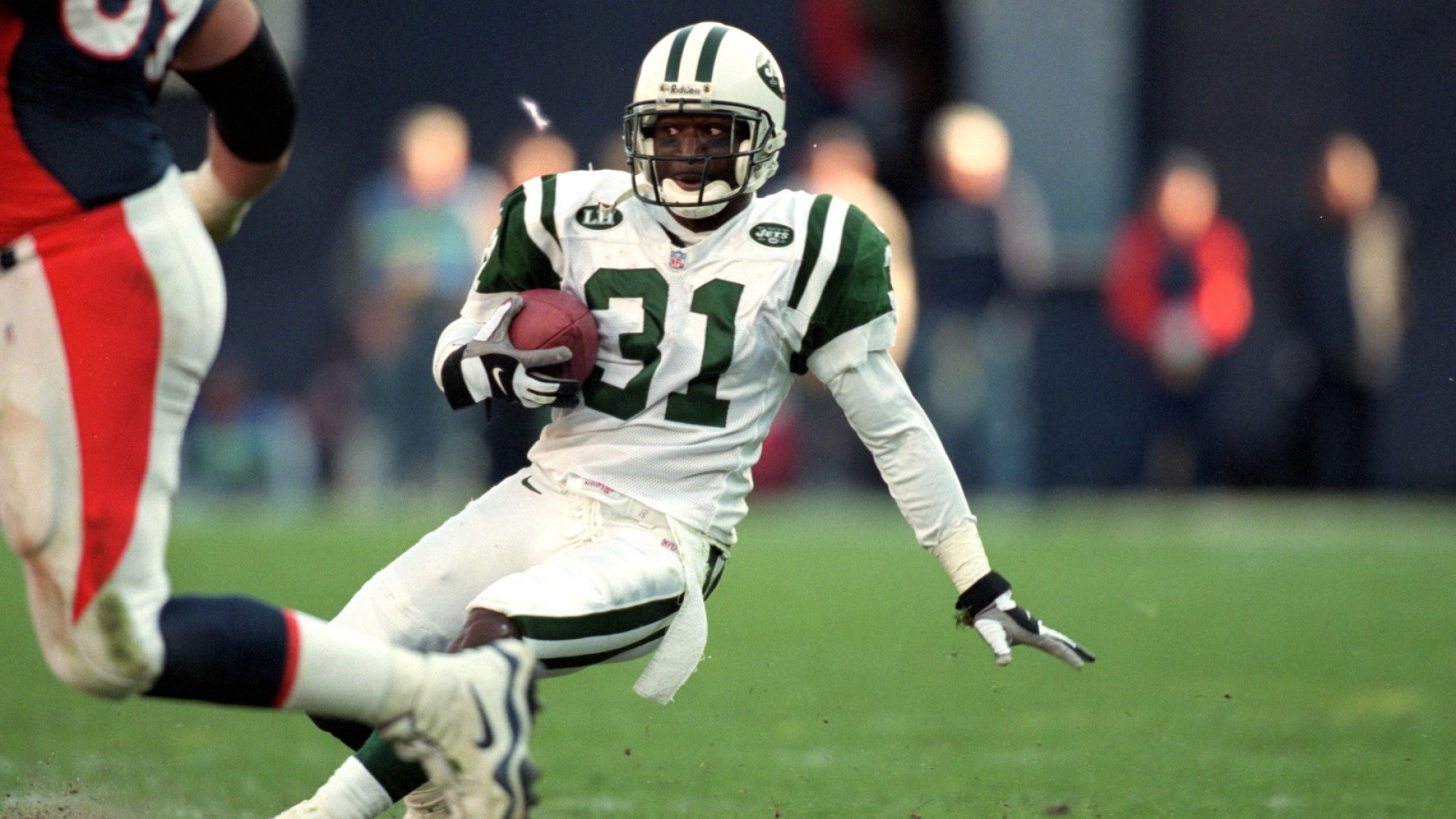
NBC 5’s Ruthie Polinsky got a crash course in the art of the pit stop, learning more about the intricate, fast-paced dance that crews execute each week at the track.
Driving in the rain is never fun.
You have to pay extra close attention to the cars around you. Puddles can create hydroplaning situations. Windshield wipers can be distracting.
Now imagine doing that at high speed with tight corners in a competitive race against 30-plus other skilled drivers.
That’s what NASCAR stars have to do if weather hits during a race at certain tracks. The series has wet-weather tires and windshields available at certain tracks: road courses and venues one mile or shorter.
We've got the news you need to know to start your day. Sign up for the First & 4Most morning newsletter — delivered to your inbox daily. Sign up here.
How often has the Cup Series actually raced in the rain? Ahead of the NASCAR Chicago Street Race – where weather hit in 2023 – here’s a look at all the stormy races in Cup history:
Road America, 1956
The first ever NASCAR race impacted by rain was nearly 70 years ago. Lightning delayed the start by almost 40 minutes, but cars drove onto the wet track and completed the 63-lap event in adverse conditions. Rain continued to fall during the race, reportedly leaving as much as two inches of water over portions of the track.
Sports
Future NASCAR Hall of Famer Tim Flock won the race for his 39th and final career victory. Road America, a 4.1-mile road course in Wisconsin that opened a year prior in 1955, did not host the Cup Series again until 2021.
Charlotte ROVAL, 2020
After decades of avoiding racing in the rain at all costs, NASCAR finally gave in when it added wet-weather tires for road courses (the 1956 race was run with normal slick tires). The rubber debuted at the Charlotte Motor Speedway road course in October 2020, when the Bank of America ROVAL 400 began in the rain.
Drivers navigated tricky conditions in the opening stage with a wet track, although there wasn’t much precipitation. The track dried out for the remainder of the race and teams switched back to their slick tires, but this was a historic moment for the series.
Circuit of the Americas, 2021
Chase Elliott followed up his ROVAL win with another rainy victory at COTA the next year. This race was shortened by 14 laps and called due to heavy storms, but the entire 54-lap event was filled with bad weather.
There were several accidents where drivers crashed due to poor visibility before the race was ultimately called off.
Watkins Glen, 2022
For the third straight year, rain impacted a different road course event. This time it was in Watkins Glen, New York, where the race was delayed almost two hours due to heavy rain.
Once cars got on track, they used wet-weather tires as the track slowly dried throughout Stage 1. The rain stayed away for the rest of the afternoon as Kyle Larson passed Elliott on the final restart to score the win.
North Wilkesboro, 2023
NASCAR never used rain tires on an oval track … until 2023. For the All-Star Race at the historic North Wilkesboro Speedway, qualifying races were run under wet-weather conditions. The first heat race was run with wet-weather tires and the second was mixed conditions.
While there were no points on the line, this exhibition event showed NASCAR leadership that racing in the rain on oval tracks was possible. Drivers adapted just fine and the tires held up well, which opened the door for future oval rain races.
Chicago Street Race, 2023
The first ever street race in NASCAR history was, of course, impacted by rain. The start of the Grant Part 220 was delayed by over an hour before cars finally got moving. In the opening laps, there were several incidents where cars slipped and crashed as they got used to the street course and rain tires.
Slowly but surely, the “track” began to dry as the laps wound down. Shane van Gisbergen, making his first ever NASCAR start, navigated the changing conditions to perfection and won in his debut. The race was shortened by 22 laps due to darkness.
Richmond, 2024
This season, Richmond Raceway became the first oval track to use wet-weather tires for a points-paying race. The start of the Toyota Owners 400 was slightly delayed, but drivers raced on the damp track in the opening stage before it dried.
Drivers responded well to the wet track in Virginia, with no accidents over the opening 30 laps before switching over to slick tires. As of June 2024, this remains the only points-paying oval track to race with wet-weather tires.
New Hampshire, 2024
Just a few weeks ago, NASCAR once again raced in wet conditions. The first 219 laps at New Hampshire Motor Speedway were completed without a problem, but rain began to fall and the race was temporarily stopped with 82 laps to go.
Drivers, crews and fans waited over two hours for conditions to improve – and eventually cars got back on track in the wet-weather tires. The track surface was still damp for the remainder of the race, but drivers navigated through the full scheduled distance in what turned out to be the longest wet-weather stint in oval track history for NASCAR. Christopher Bell won the race after leading the final 64 laps.



